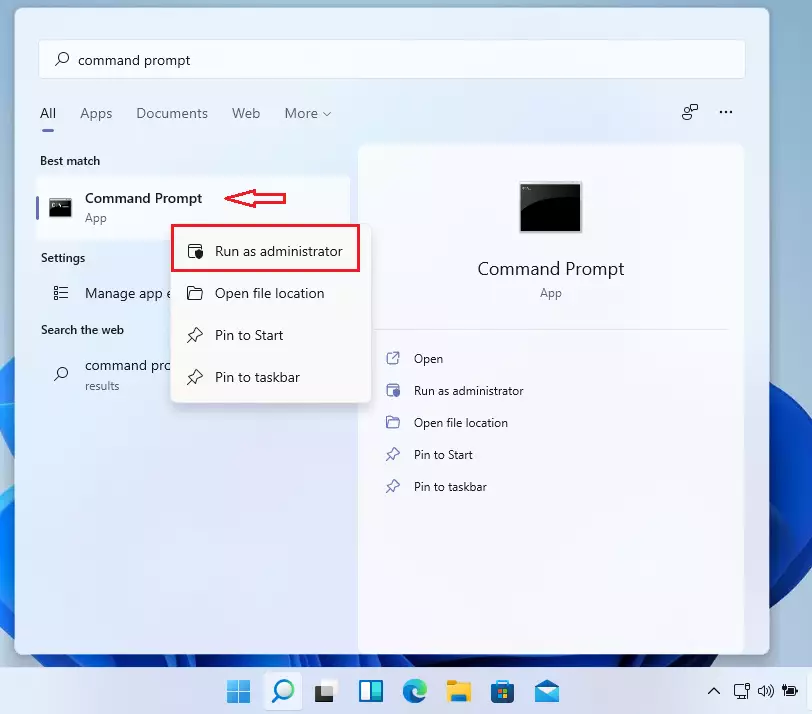This article provides guidance on resolving Windows Update issues in Windows 11.
Windows Updates ensure that your computer operates smoothly and securely. These updates are regularly released to ensure that your computer is protected and any issues you encounter are resolved.
If your computer doesn’t receive these updates, you risk potential hacking or stability problems. That’s why Windows is set up to update automatically.
If you find that your computer is not receiving updates or is failing to complete its updates, it’s important to address the issue promptly.
Below are some steps you can take to help resolve the problem.
Free up drive space in Windows 11
Make sure that your device has enough space. Windows requires free drive space to update. Windows updates will not download and install if your computer runs low on free space.
You’ll need to free up some drive space to complete Windows updates. You can read the post below to learn how to do that in Windows 11
How to Free up Drive Space in Windows 11
Repair hard drive error in Windows 11
One common reason Windows updates fail is due to a system drive error. If your computer’s drive is not functioning properly, Windows updates may not install or download correctly.
To run disk repair, open, click on Start, search for the command prompt, and then select Run as administrator from the list of options.

When the Command Prompt app opens, type the following command, including the space as shown:
chkdsk/f C:
Press Enter after typing the command. Repairs will automatically start on your hard drive, and you’ll be asked to restart your device.
Rename the software distribution folder
One reason Windows updates may fail is due to a corrupt update in the software distribution folder. To fix this issue, you can rename the software distribution folder and then rerun the update.
When you start downloading the latest updates, a new folder will be created automatically.
To rename the folder, open the Start menu, search for Command Prompt, right-click on the Command Prompt app, and select Run as administrator.

When the command prompt app opens, type the commands below.
Stop the Windows update process
net stop bits net stop wuauserv
Then, rename the software distribution folder
ren %systemroot%\softwaredistribution softwaredistribution.bak ren %systemroot%\system32\catroot2 catroot2.bak
The Start of the Windows update process
net start bits net start wuauserv
After that, restart your computer and try rerunning Windows updates.
Restore and repair Windows 11 system files
The final step is to repair and restore Windows 11 system files. If none of the previous steps work, this step should be performed to resolve the issue.
Open the Command Prompt as an administrator again, following the previous steps. Once the Command Prompt window opens, execute the commands below.
DISM.exe /Online /Cleanup-image /Restorehealth
After typing the command, press the Enter key. This may take a while. However, when the operation is done, you should see a message “The restore operation completed successfully” or “The operation completed successfully.”
Next, run the commands below.
sfc /scannow
Wait until the process reaches 100%, close out, restart Windows 11, and try updating Windows. I hope these steps help resolve your issues.
Conclusion:
In summary, if you’re facing issues with Windows updates in Windows 11, consider the following steps:
- Ensure you have sufficient drive space for updates to download and install.
- Check for and repair any problematic drive errors using the Command Prompt.
- Rename the software distribution folder to eliminate corrupt updates.
- Restore and repair system files using DISM and SFC commands.
By following these steps, you can enhance your system’s performance and ensure it remains up to date, thereby protecting it from vulnerabilities and stability issues.

Leave a Reply